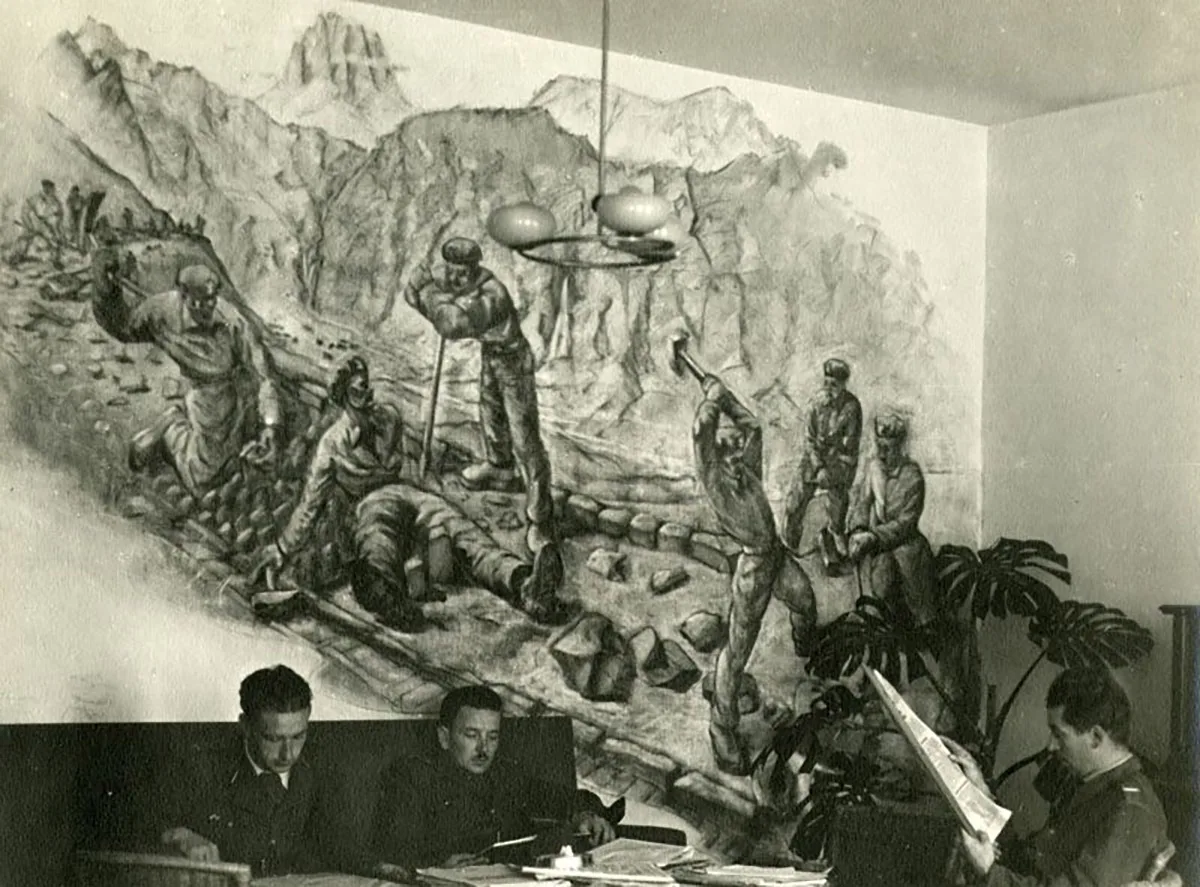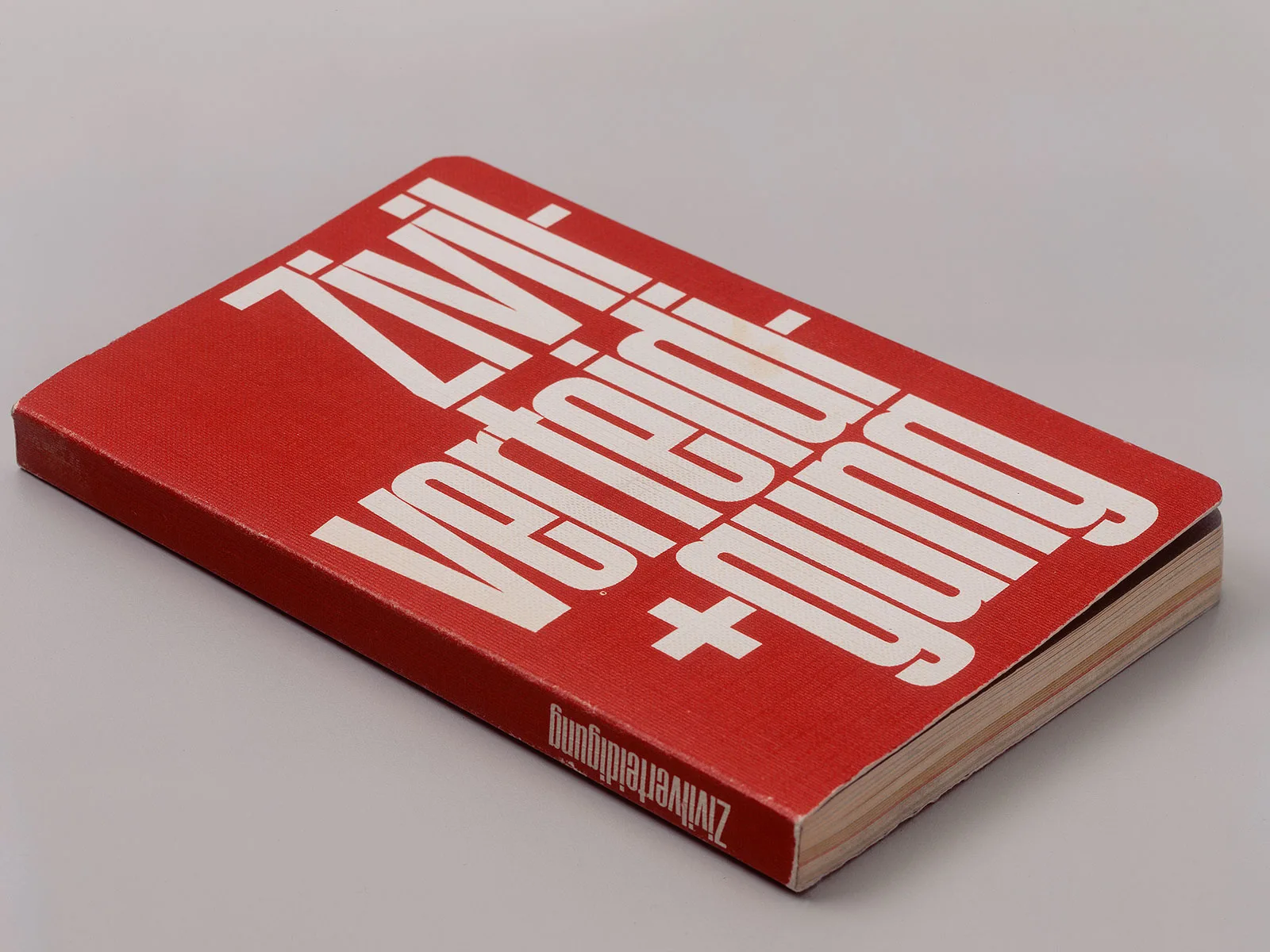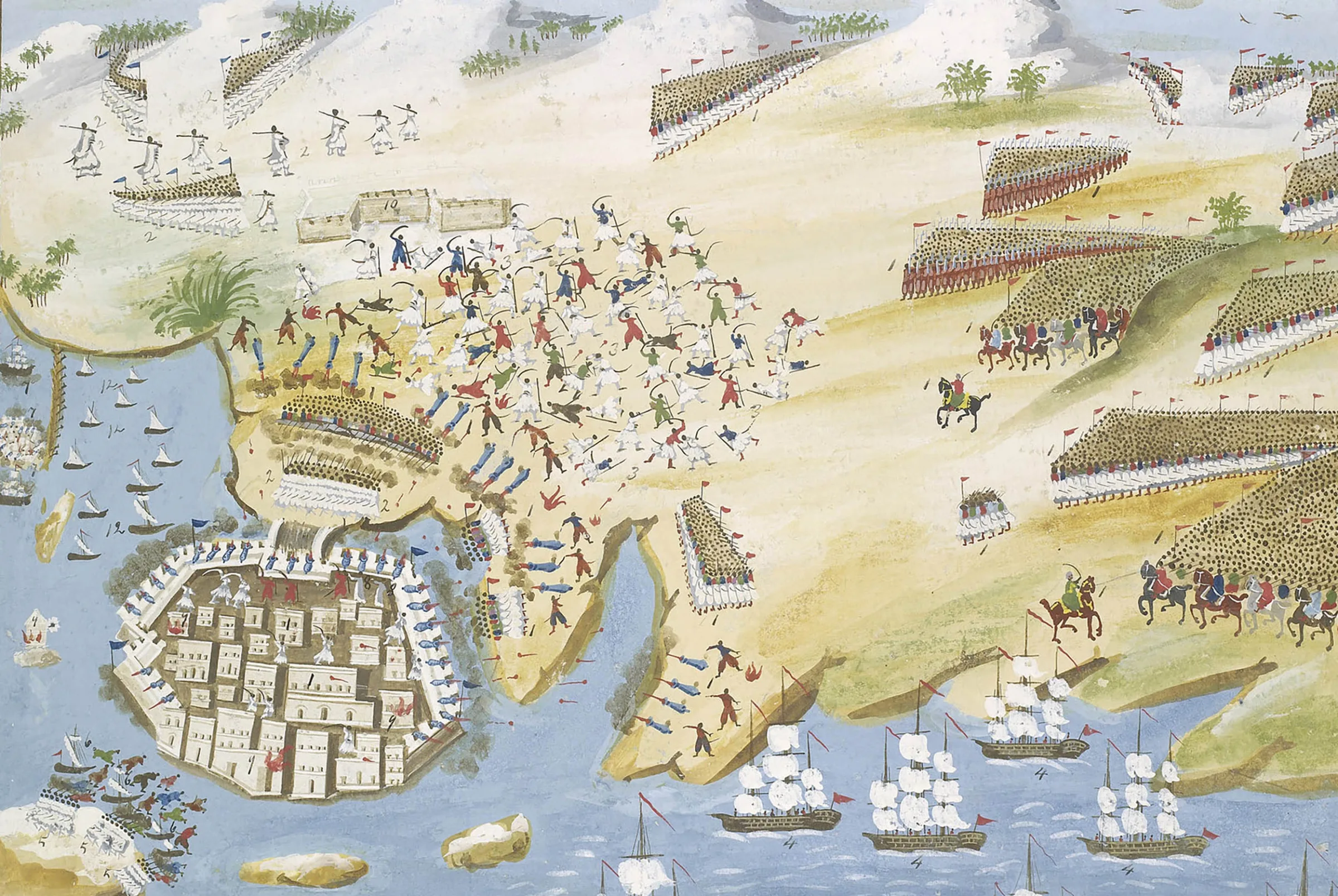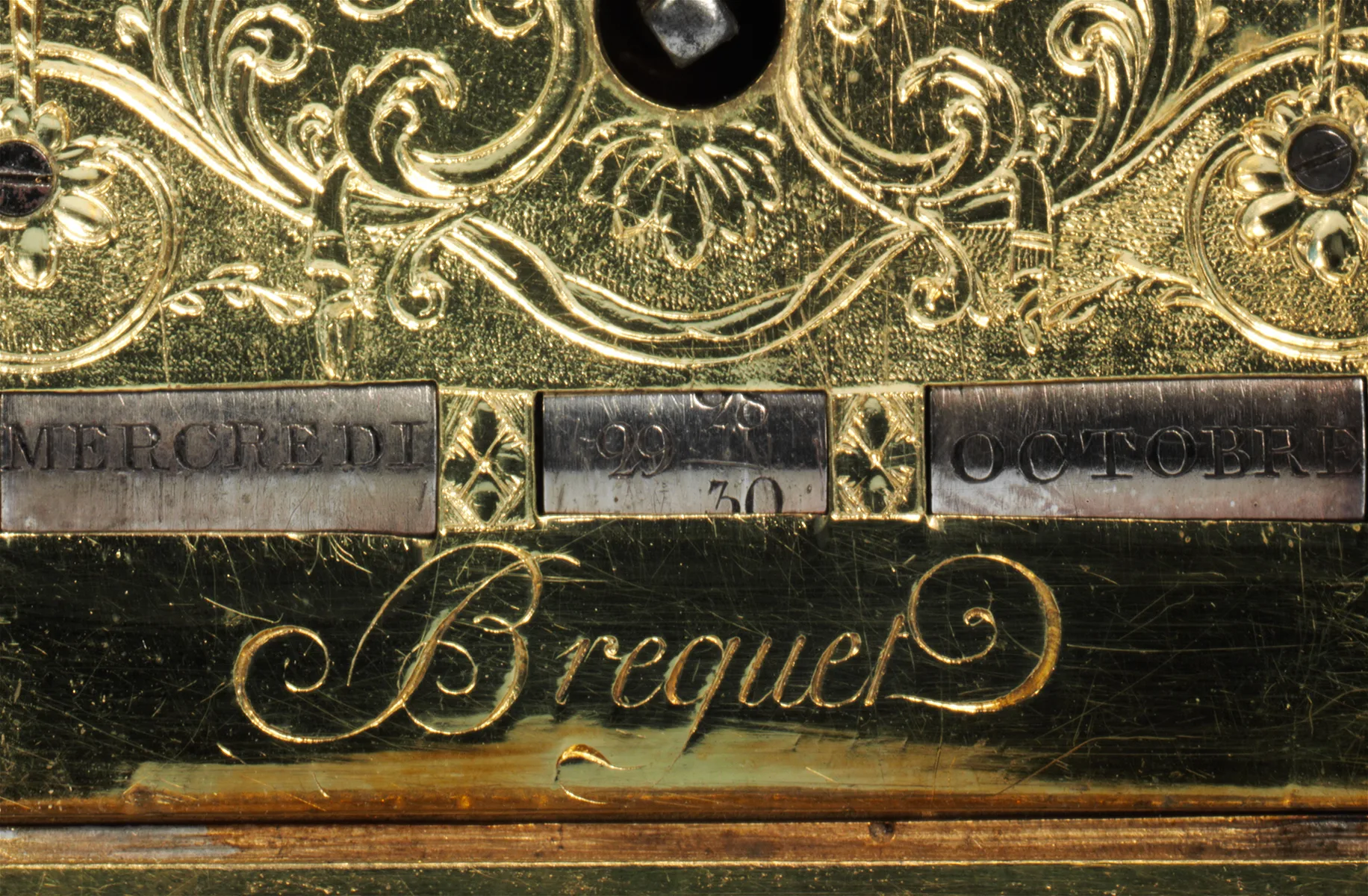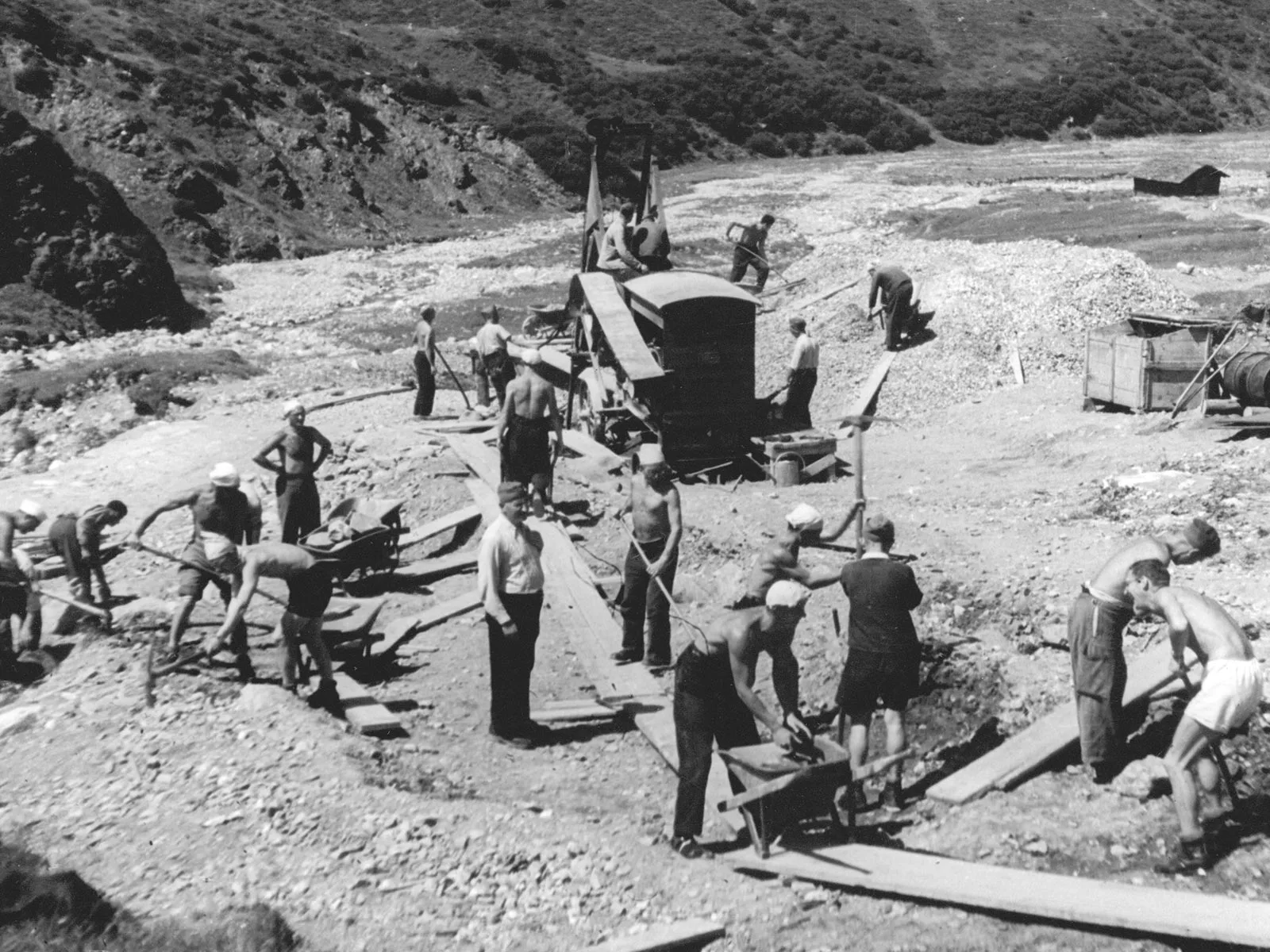
Safien Valley’s roads: built by Polish soldiers
Polish and French internees built pathways and roads in many parts of Switzerland during the Second World War. They were especially busy in the Safien Valley – living under the most basic conditions.
The Swiss government restricted the soldiers to working in agriculture, construction and path and road maintenance to protect the domestic labour market from an influx of cheap labour. The French soldiers were allowed to return home in early 1941, whereas the Poles stayed in Switzerland until the end of the war. Large camps were set up at various sites in the canton of Graubünden, including in Chur, Rodels and Cazis. The soldiers usually stayed in camps onsite while working, as in the Safien Valley for example.
French and Polish troops crossing the border. From the army film archives, June 1940. YouTube / Swiss Federal Archives
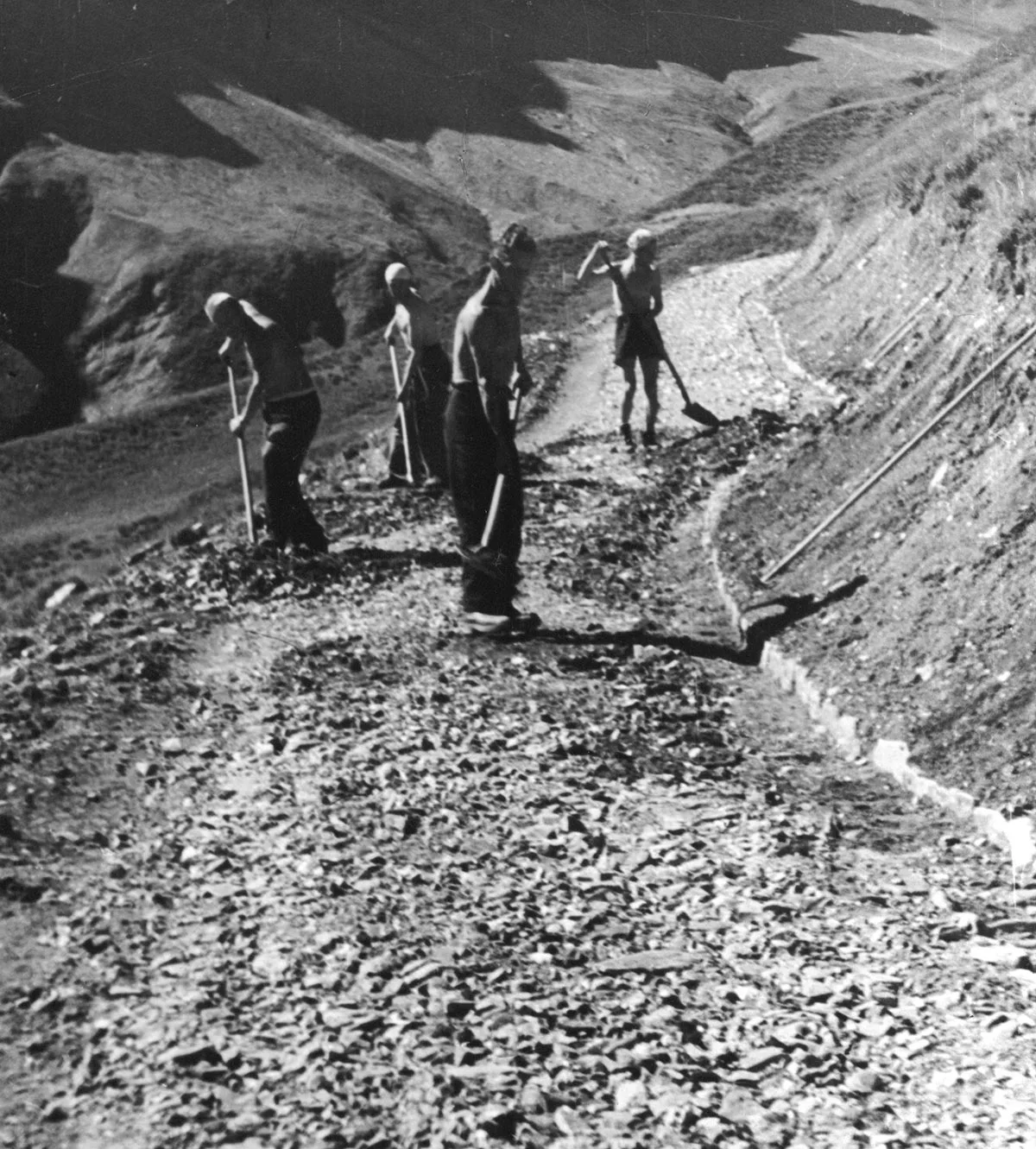
This pass was only of regional significance, as the two Walser valleys of Safien and Vals had mainly traded to the south for centuries. The farmers attended cattle markets in Thusis as well as in Ticino. There was only a bridle path over Tomülpass to the Vals side. Polish internees built the road from Turrahus over Falätscha Alp at pass altitude in 1942/43. Before the war, the municipalities didn’t have the funds for the project, during the war they got the road practically free of charge.
Restoration work on the trail between the Alp Falätscha and Alp Tomül alpine buildings has been ongoing since 2018. The project may well continue for one to two more years as the work can only take place in summer. The trail is a prominent example of path construction by the Swiss army, wrote the historian Cornel Doswald.
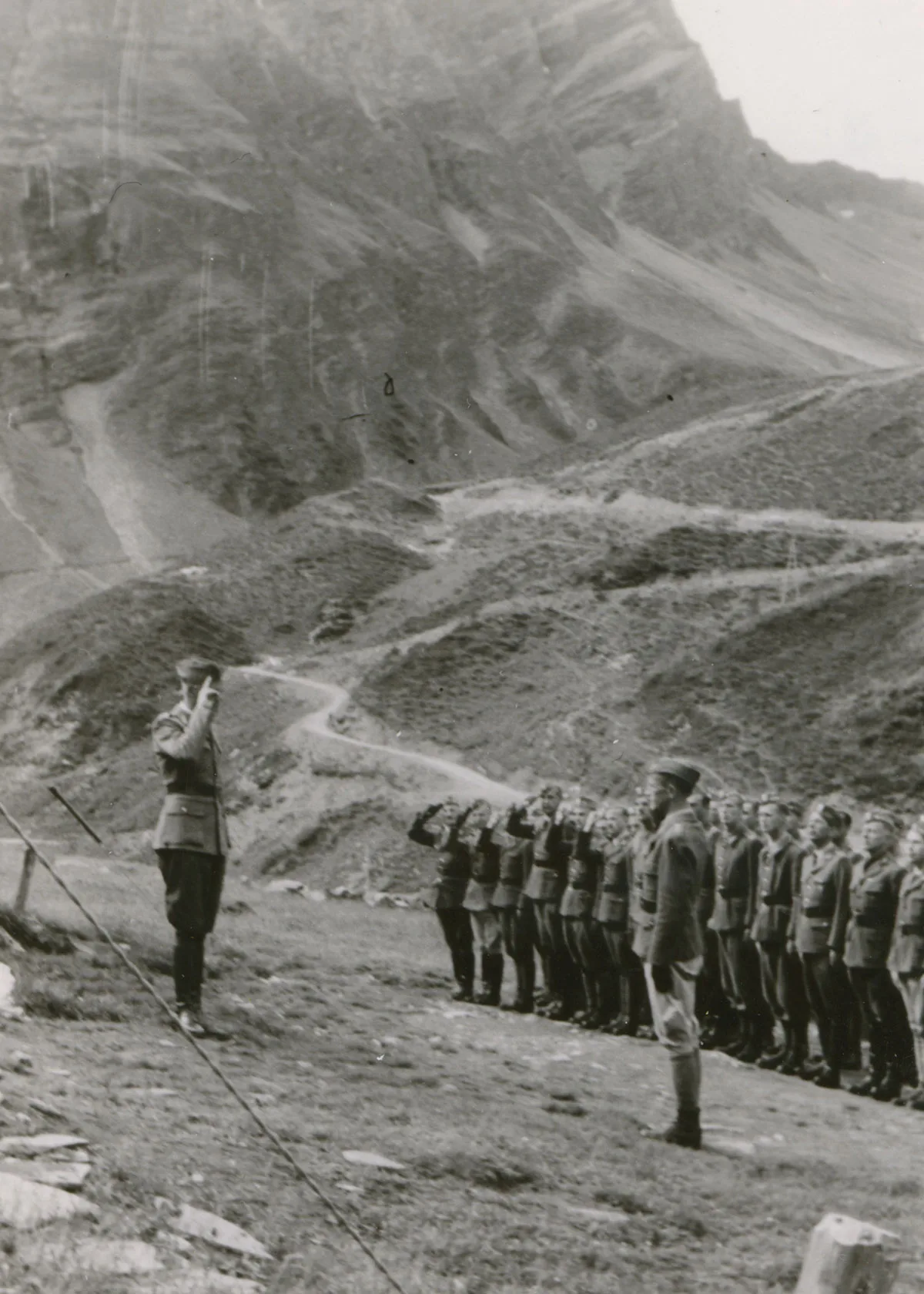
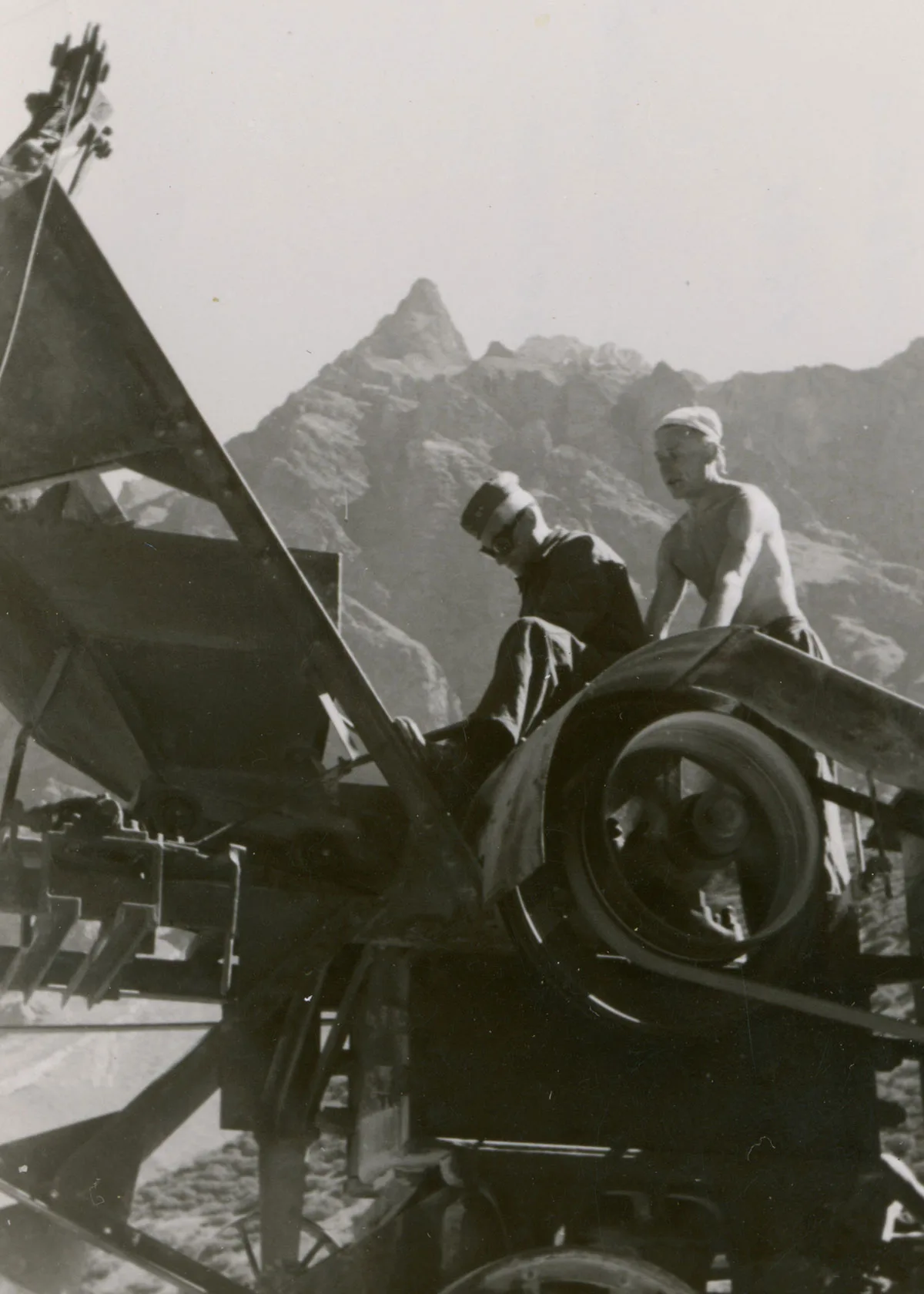
Working in the mountains was hard and required discipline. The Polish Museum, Rapperswil
Lodging in a barn
They arrived in the summer of 1941 after a long march from Bonaduz. To their surprise they encountered a snowstorm on arrival at Grossalp. The soldiers protested about their accommodation in a barn without sanitary facilities and wrote a letter, stored in the Federal Archives, to the International Committee of the Red Cross ICRC in Geneva. The camp commander later called the letter «impudent, whining and unmilitary». Their protests didn’t make much difference: only officers and non-commissioned officers received better accommodation.
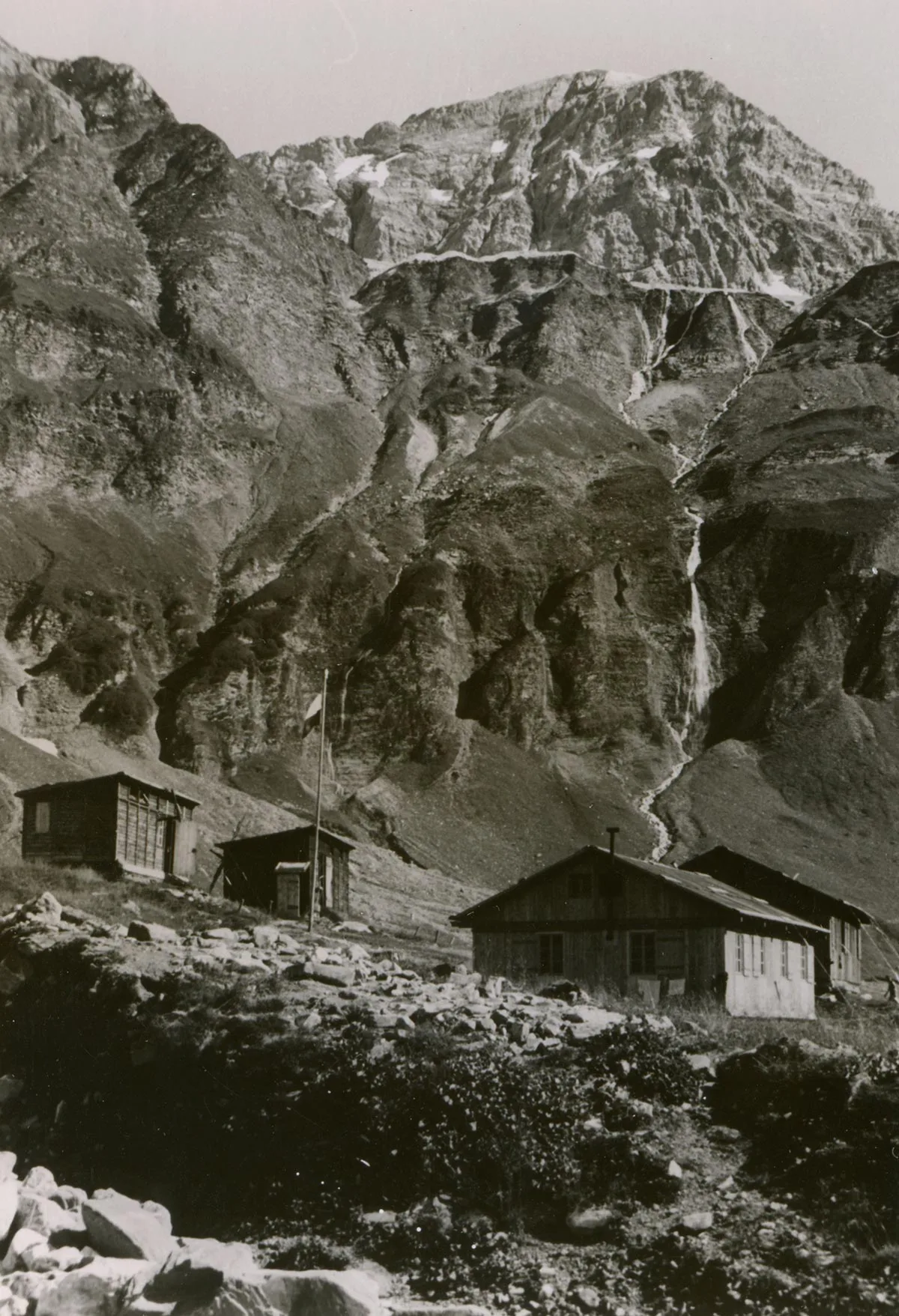
A series of memorial stones and plaques at Tomülpass, Güner Lückli and the trail to Grossalp in the Safien Valley commemorate the work done by the Polish soldiers. A working group comprising former internees added a bronze plaque to some of the inscriptions in 1995.
Students from the tertiary education institutions set up for Polish soldiers in Fribourg and Winterthur also contributed to the work. There was even a big mural in a common room for Polish students in Winterthur depicting the situation at the rear of the Safien Valley. The painting was destroyed during renovation work, but there is still a photographic record of it.
